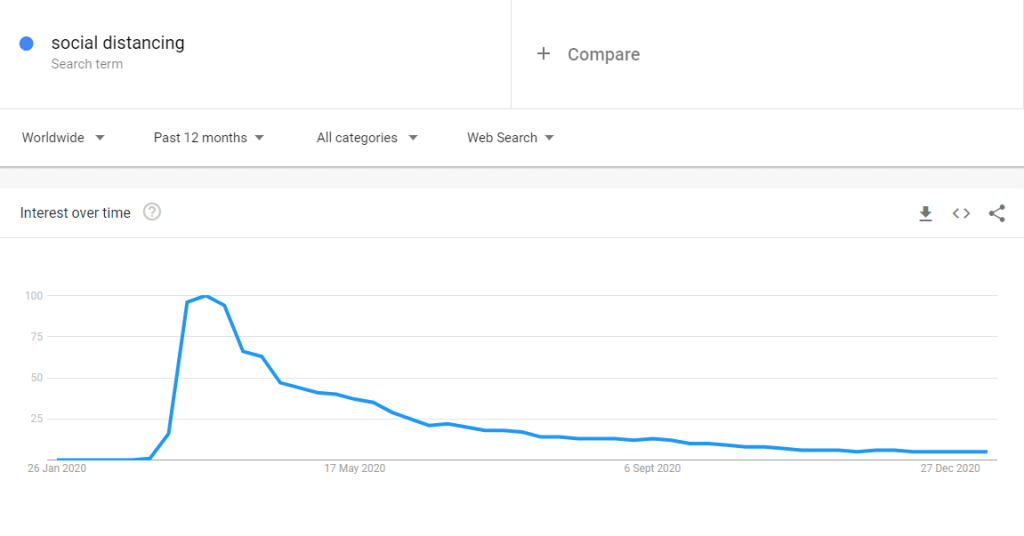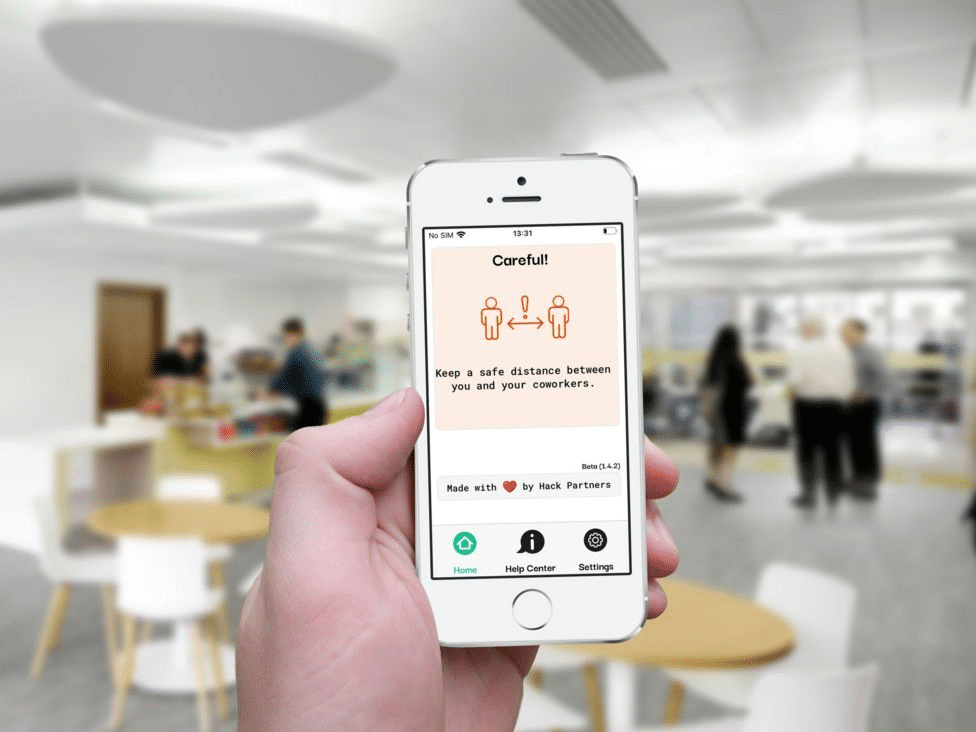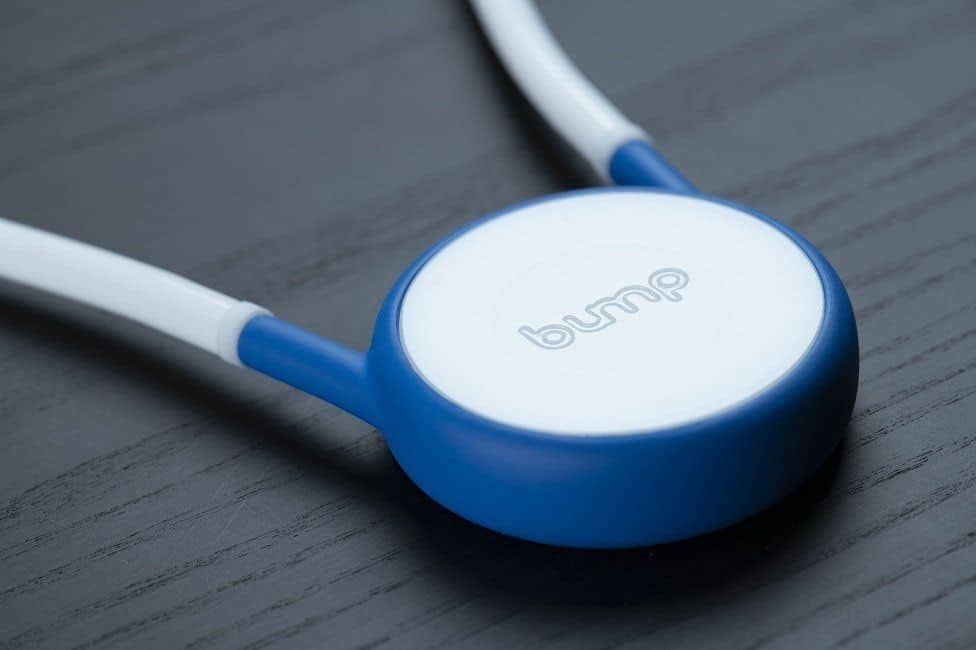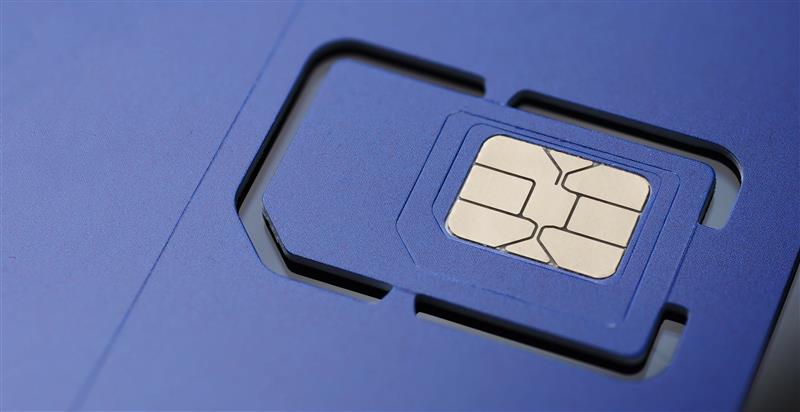Social distancing is a term we have become all too familiar with. Yet before March 2020, it was something that people rarely practised, let alone searched for. As COVID-19 swept the world, so too did social distancing. In this blog, we examine how the Internet of Things is helping us to maintain social distancing, whether we’re working, playing, or travelling.

Social distancing in the workspace
Flexible working became the norm in 2020 as organisations and businesses pivoted in response to the pandemic. In a recent global survey of 32,000 workers, research found that workers cared most about the following new health and safety priorities:
- 73% air quality
- 73% adherence to safety protocols
- 72% facility cleanliness
- 71% physical distancing and boundaries.
Data collected also found that people would like more options in the future when it comes to work, with 54% reporting they would like to work from home one day a week or less.
With physical distancing ranking highly, it is important organisations look carefully at their protocols and how they can safely reintroduce employees back to the workplace whilst assuaging concerns and anxieties
Many businesses are turning to IoT social distancing tech to bring their employees safely back to the workspace. For those industries who cannot easily work from home, like manufacturing and construction, these devices have made social distancing second nature.
Claitec is a technology company specialising in the implementation of industrial safety and workplace accident prevention solutions. Recently, Claitec has been developing personal social-distance sensors to make the workplace a safer environment.
The T-10R SD proximity monitoring solution is designed to help workers maintain a safe physical distance of 2 to 4 metres. The solution is currently in the final stages of proof of concept and will be available as a tag and a badge. Employees will be alerted with a vibration buzzer noise and red-light warning signal if safety distance protocols have breached. This innovative social distancing technology will be available soon and make workplaces, like manufacturing and distribution warehouses, workshops and offices, safer environments.

Another example of social distancing technology at work is an app called Mind The Gap. Network Rail staff are using the app, which uses audio and Bluetooth signals to notify users if they are too close to one another.
The social distancing app has been rolled out widely across their workforce and has been designed to not collect, store or share sensitive data.
Hack Partners, the start-up behind Mind The Gap, say, “It’s very easy to relax back into old patterns with colleagues and forget to distance, so this is a reminder,” he said.
“Also, the sound notification can help users avoid awkward conversations with colleagues who may not be social distancing – a lot of us would find it difficult to tell our boss to move away!”.
Social distancing whilst travelling
Maintaining the recommended social distance whilst travelling can be a struggle, especially in areas with high population densities. Take airports which are designed to welcome thousands of passengers every day. In 2019, Heathrow Airport in London recorded a new high: 80.9 million passengers travelled through the airport.
How can airports, train stations, and the like, adapt and regulate social distancing for the masses?
Contactless travel
For starters, we expect that the number of human interaction touchpoints will be reduced, while automation will increase. Airports, for example, had already introduced agent-free check-in services pre-pandemic. We may see more airports roll out facial image recognition technology to diffuse queues and minimise face-to-face contact.
Occupancy monitoring
Smart occupancy monitoring involves collecting real-time data from IoT-enabled sensors to detect and monitor the occupancy of spaces. Sensors and cameras, too, enable intelligent footfall counting and warn when levels are reaching capacity. Occupancy monitoring will help facility managers to keep crowd and queue numbers in check, and people safely distanced.
Sensors accurately communicate areas usage levels, for instance monitoring an airport gate with high footfall, or a washroom with high usage. These real-time insights can be used to improve cleaning operations.
Haltian help Smart Facilities, Smart Factories and Smart Washrooms to operate intelligently and improve efficiency. Smart sensors placed on washroom door entrances detect the number of people who have used the space as well as which cubicles have been occupied and when. These real-time insights inform more proactive, efficient cleaning and allow cleaners to identify those critical areas which need attention.
Social distancing in sport and play

Last year, the London Marathon adopted social distancing technology to make it possible for elite athletes to cross the start line. Both staff and athletes wore a Bump device, designed by Tharsus, around their neck that audibly alerts if the wearer is too near. By tracking using radio-frequency technology, everyone involved was reassured they could trace any close contact should anyone test positive for Covid-19 post-event.
The event director of London Marathon Events said, “This technology has played an important role, giving our athletes and internal teams extra confidence to engage with the event safely.”
IoT Makes Social Distancing Easier
The past year has seen so many IoT innovations arise to help solve COVID-related challenges. CES 2021 looked very different this year with many tech products tailored for COVID use cases. From smart masks that purify the air to disinfection units and social distancing technology, it is inspiring to see IoT united in a common purpose to help curb COVID-19.
Eseye brings decades of end-to-end expertise to integrate and optimise IoT connectivity delivering near 100% uptime. From idea to implementation and beyond, we deliver lasting value from IoT. Nobody does IoT better.

